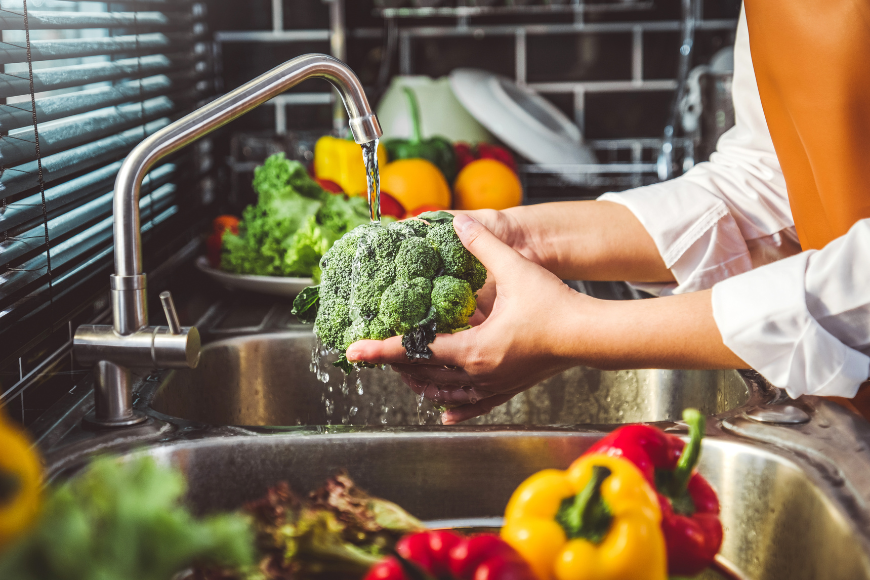The traditional Omani cuisine is kept simple with rice being the basis of most of their meals.
17 July 2013
| Last updated on 14 June 2017
Traditional Omani cuisine is fairly simple, with rice as the main ingredient cooked together with beef, mutton, goat, chicken or fish. The meat is roasted, grilled or baked after marinating in a variety of spices, including cardamom, cinnamon, cumin, ginger, pepper, turmeric and saffron. This is not surprising considering Oman’s position on the ancient trade routes. However, the food is rarely ‘hot and spicy’ since the flavours are used in a subtle manner.

Traditional Omani meals are eaten with the right hand. The main meal is usually eaten at midday, while the evening meal is lighter. Salads are quite simple – lettuce, cucumber and tomatoes served with a slice of lime for dressing. Maqbous is a saffron coloured rice dish cooked over spicy meat. Skewered meats (kebabs) are often served with flat bread (khoubz).
Harees is a staple wheat-based dish with chicken, tomato, seasoning and onion. Fish and shellfish are used widely in dishes such as mashuai – whole spit-roasted kingfish, locally caught, served with lemon rice.
SEE ALSO: Guide to Accommodation in Oman
Favourite local drinks are laban (heavy, salty buttermilk) and yoghurt, which is often flavoured with cardamom and ground pistachios. Fresh juices, made on the spot from fresh fruits (mango, banana, pineapple, pomegranate), are delicious and very cheap. In particular, the mixed fruit cocktail should not be missed.
Omani ‘halwa’ is a popular dessert made of eggs, palm honey sugars, water, ghee and almonds, flavoured with cardamom and rosewater. These ingredients are blended and cooked to form a sweet, dense block with a delicious flavour and consistency. Traditionally, the making of halwa is very much a male preserve, with recipes being handed down from generation to generation.
It is during Ramadan that one can sample Omani food at its best. Dishes, such as shuwa, arsia (lamb with rice) and mishkak (similar to kebabs), are mainly served during Eid celebrations. Shuwa is elaborately prepared by seasoning a large piece of meat (often lamb) and wrapping it in banana leaves, sacking and then burying it in a pit on top of red-hot coals. The meat is left to cook slowly over a couple of days in the embers and when unwrapped, is tender and succulent.
Many hotels set up a Bedouin-style tent outdoors in the winter months – this is an ideal opportunity to sample authentic Omani cooking. However, the Bedouins themselves enjoy a far more limited diet, depending on where they are travelling. Their standard fare is usually camel meat (dried or boiled), served with rice.
SEE ALSO: Pros and cons of living in Oman
The serving of traditional coffee (kahwa) is an important social ritual in the Middle East. Local coffee is mild with a taste of cardamom and saffron, and is served black without sugar. It is served with dates, to sweeten the palate between sips. It is considered polite to drink about three cups of the coffee when offered (it is served in tiny cups, about the size of an egg cup).





















































_2.jpg?itok=XEABuHuU)
















































_2.jpg?itok=j80YWwf-)



















